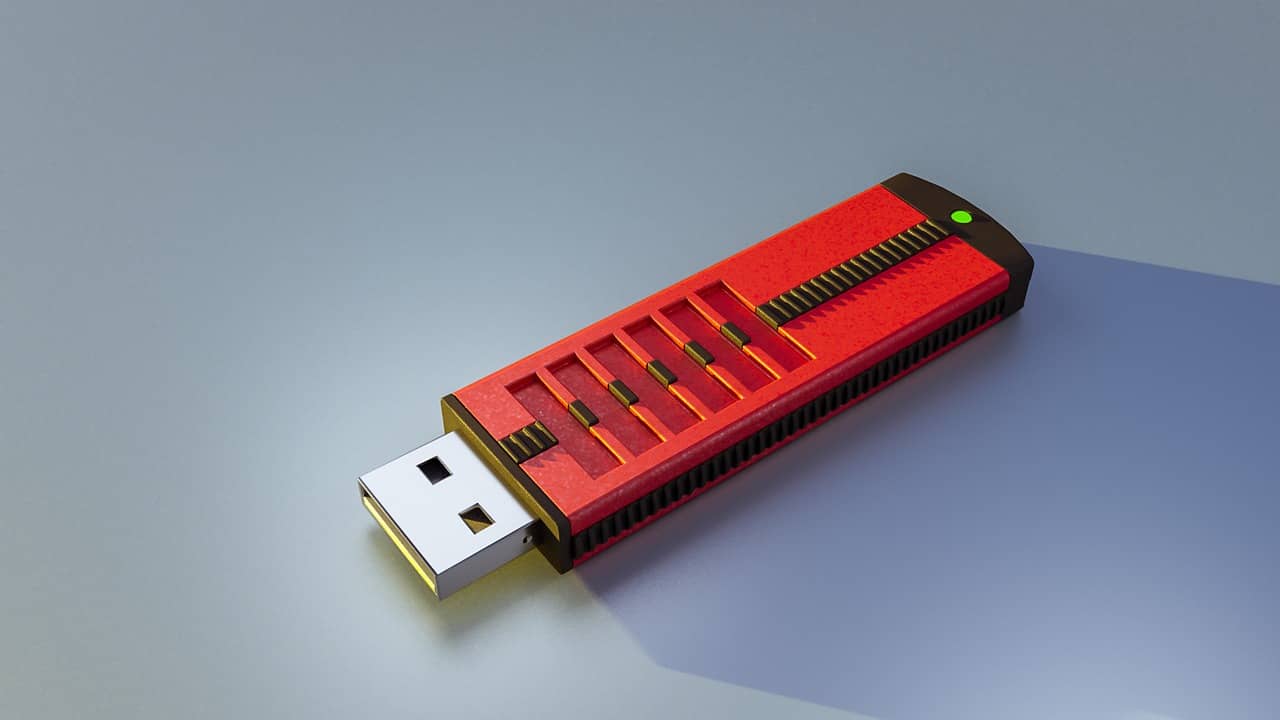
Uncovering the Mystery Behind USB: The Most Dominant Port for Connecting I/O Devices to Your Computer
Have you ever wondered how all of those external devices you connect to your computer seem to magically work? The answer is USB, or Universal Serial Bus, a standard interface for connecting peripherals such as keyboards, mice, printers, cameras, and more to your computer. Since its inception in the 1990s, USB has evolved to become the most dominant I/O port for computers and other devices, and it shows no signs of slowing down.
Understanding the Basics of USB
USB is fundamentally a communication protocol that enables devices to share data with a host controller, such as a computer or phone. This is a flexible and practical alternative for attaching peripherals since it employs a standardised port that can transmit data and power. The most popular USB connector types are Type-A, Type-B, and Type-C, each of which has a unique set of capabilities and advantages.
Different USB specifications, such as USB 2.0, USB 3.0, and USB 4, provide various features that come with them. For instance, USB 3.0 can offer a data transfer rate of up to 5 Gbps and USB 4 has double that speed at 40 Gbps!
The Advantages of USB
Compared to other I/O ports, USB has several advantages that make it the go-to choice for most devices. For one, USB is ubiquitous, meaning that virtually every computer and device made in the last two decades has at least one USB port. This makes it easy to connect a wide variety of devices without worrying about compatibility issues.
Another advantage is its portability and versatility. Without the need for specialist drivers or software, you may plug in a device and start using it straight away with USB. Furthermore, it allows for “hot-swapping,” which allows you to connect and unplug devices while your computer is running without any negative consequences.
USB also offers faster data transfer rates than many other I/O ports, making it ideal for devices that require a lot of bandwidth, such as external hard drives, webcams, and video capture cards. USB 3.0 and USB 4 in particular offer blazing fast speeds that rival Thunderbolt and other high-speed interfaces.
Common USB Devices
- Keyboards and mice: For convenience and compatibility, these necessary auxiliary devices are frequently connected through USB.
- Scanners and printers: USB is a well-liked interface for tethering PCs with scanners and printers.
- USB 3.0 and USB 4 external hard drives offer quick data transfer rates for backing up and storing huge amounts of data.
- Webcams: Due to the growth of remote work and internet video conferencing, many people now consider webcams to be a need.
- Game controllers: A lot of current video game consoles and PC games are compatible with USB game controllers, making it simple to play your favourite games with the controller of your choosing.
Troubleshooting USB Issues
Despite all of its benefits, USB occasionally causes annoyance when things don’t go as planned. Devices not being recognized, sluggish transfer rates, and unstable connections are a few typical USB problems. Here are some suggestions for resolving USB-related problems:
- Check your cables: Make sure your USB cables are in good condition and aren’t frayed or damaged. Try using a different cable to see if that solves the problem.
- Update your drivers: Make sure your computer’s USB drivers are up to date. You can check for driver updates in the device manager or on the manufacturer’s website.
- Restart your computer: Sometimes simply restarting your computer can solve USB-related issues.
- Try a different port: If a USB port isn’t working, try plugging your device into a different USB port to see if that fixes the issue.
- Check for conflicts: Sometimes two devices can conflict with each other if they’re both connected to the same USB controller. Try disconnecting one device to see if that solves the problem.
The Future of USB
USB has developed and become more spectacular ever since it was first introduced in the 1990s. A superb choice for high-speed peripherals, USB 4 is the most recent version of the USB standard and boasts both amazing speeds and functionality.
We may expect even quicker speeds, more sophisticated power supply capabilities, and brand-new connectors that are smaller and more adaptable than ever in the future. As long as USB continues to develop and meet the changing needs of computer users, it will probably continue to be the most popular I/O port.
Conclusion
In Conclusion, it should be noted that USB is unquestionably the most popular connector for syncing I/O devices with your computer. It has a remarkable number of benefits, including speed, adaptability, and simplicity, and the future looks promising with even faster speeds and improved power delivery capabilities.

